Australian universities are helping China's military surpass the United States
27 October 2017
In Beijing, President Xi Jinping is systematically reforming and strengthening the military - part of the Strong Army Dream that is intimately tied to his signature slogan "the China Dream".
But it now seems that this Strong Army Dream is being realised with Australian help.
With has processing speeds exceeding 100 petaflops per second, the Chinese military hope this machine is the key to their future military supremacy.
Scientists at Australian universities are collaborating with China's top military technology universities on programs beneficial to the People's Liberation Army which, contrary to its name, is the army of the Chinese Communist Party rather than the Chinese people.
The scientists' work includes sophisticated computing seen as essential to China's ambition to eclipse the United States in advanced military technology.
The man at the centre of many exchanges with Australian universities is Lieutenant-General Yang Xuejun, who has been a Communist Party member since the 1980s and was a promoted to the party's powerful Central Committee at this week's 19th Party Congress. The Congress reappointed Xi as party chairman for another five-year term and elevated him to a status alongside Mao Zedong as a great leader.
Until recently Yang was president of the PLA's National University of Defense Technology (NUDT). One of the PLA's leading supercomputer experts, he is now president of the PLA Academy of Military Science, China's foremost military research centre.
Scientists at the University of NSW and the University of Technology Sydney have worked with Yang, whose research with Australian scientists has resulted in over a dozen scientific papers, mostly on supercomputer technology. In a recent Chinese CCTV propaganda documentary, he highlighted the importance of supercomputer research in China's military plans. NUDT supercomputers are used in advanced aircraft design, combat simulation and the testing of tactical nuclear weapons.
One of Yang's most productive collaborators is Xue Jingling, Scientia Professor of Computing Science and Engineering at the University of NSW. Starting in 2008, their joint research has focused on stream processing technology, one of the foundations of NUDT's record-breaking Tianhe series supercomputers.
Xue has extensive links with NUDT, having published over two dozen papers with NUDT supercomputer experts. In 2009 he also became a professor at NUDT, an affiliation not mentioned on his UNSW profile. Some of Xue's research with NUDT has been funded by grants from the Australian Research Council (ARC) worth over $2.3 million. Three of Xue's current doctoral students at UNSW are graduates of NUDT and are likely all PLA personnel.
A spokesperson said UNSW is aware of the research being undertaken by Xue and his students, and the collaboration with General Yang, and believes it meets the provisions of the Commonwealth Defence Trade Controls Act.
Digging deeper
NUDT has collaborated with Australian researchers on hundreds of papers in high-tech fields like materials science, artificial intelligence and computer science. The PLA university's international collaborations are heavily concentrated in Australia, taking advantage of the large number of Chinese-heritage scientists at Australian universities.
Yang and his team have also been collaborating with former UTS professor Tao Dacheng, an expert in artificial intelligence. Tao's joint research has covered computer vision and speech analysis. Computer vision has many military applications, including automatic target recognition, missile guidance and battlefield assessment and prediction.
Tao has written 19 papers with NUDT researchers, with a focus on computer vision, including technology for tracking targets, and is listed as a doctoral supervisor at NUDT in China.
Tao now works at the University of Sydney. While he was at UTS, one of his NUDT students visiting UTS, Guan Naiyang, researched technologies used in three of his projects for the PLA's General Armaments Department, including work on a classified web crawler surveillance technology and two projects on cyber-based intelligence-gathering and analysis. Tao has written 11 papers with Guan on an advanced mathematics technique known as non-negative matrix factorisation, which Guan is using for his General Armaments Department intelligence projects.
When we asked the University of Sydney to respond, Deputy Vice-Chancellor Duncan Ivison said that the university "insists on careful risk assessments for all research partnerships. This includes doing extensive due diligence on any research with national security implications."
Tao's research in collaboration with NUDT is partially funded by ARC grants worth over $1.8 million. His ARC funding totals $3.2 million and in 2017 he was awarded an ARC Laureate Fellowship. Earlier this year it was reported that ARC grants were being used to fund research with China's leading military aircraft manufacturer AVIC and PLA-linked telco Huawei.
Although NUDT recently started accepting civilian postgraduate students, Xue and Tao are shown on its website as willing to supervise only PLA personnel. We asked both professors about their links to PLA universities and whether they feel any conflict of loyalties in passing on their expertise but they did not respond.
Supercomputing
The contributions by Xue and Tao to Chinese military research are only the tip of the iceberg. Scientists from CSIRO, ANU, Curtin University and the University of Wollongong have also recently engaged in similar work with the PLA.
The optics of Australian scientists working closely with researchers linked to the PLA are a matter of deep concern. The head of the ANU's National Security College, Rory Medcalf, notes that these PLA links may jeopardise future research partnerships with the US defence industry.
Before taking over at the PLA Academy of Military Science, Yang was chief engineer of NUDT's famous Tianhe supercomputer project. The Tianhe supercomputers were the fastest in the world until overtaken by China's Sunway TaihuLight.
Yang recently appeared in an eight-part documentary series screened by Chinese state television. One episode focuses on areas where China's military technology is surpassing that of the United States, including supercomputing.
Yang told CCTV: "Supercomputers are really a strategic commanding aspect of the nation's technology. They are also a fundamental technology for military improvement. The competition within this field is extremely intense."
Among other applications, computer technology is essential to allowing China to improve its military aircraft, which have long lagged behind those of the US. Testing of new aircraft designs has traditionally relied on wind tunnels, but today's supercomputers allow accurate simulation that speeds up the process and cuts costs.
Supercomputers are also indispensable to advanced combat simulation exercises, allowing much better prediction of the range of possible outcomes of complex conflict scenarios. The PLA believes supercomputer-assisted decision-making will boost its successes in potential clashes over the South China Sea or an invasion of Taiwan.
NUDT supercomputers are also used in the simulation and testing of tactical nuclear weapons.
Medcalf cautions that most Chinese research partnerships in Australia are above board, but notes that "China has long had a comprehensive strategy of gathering knowledge globally to increase its technological and military edge, and that ranges from cyber all the way through to orthodox research links with foreign universities".
Academic exchange
Over the years, while heading NUDT, General Yang built an extensive network in Australia. In addition to working with high-level researchers in Australian universities, the top military college has sent graduates to undertake PhDs here, while also calling on Australian scientists like Xue and Tao to supervise the higher studies of military cadres in China.
Between 2007 and 2012, NUDT sent over 700 scientists and students abroad on exchanges or as visiting scholars, including to Australia. China has for decades used such programs to systematically vacuum up overseas technology for domestic use, especially in military fields.
China's 13th Five-Year Plan (2016-20) puts enormous emphasis on transitioning China's economy from basic manufacturing to high-tech industry. In recent years China has systematically bought, borrowed and stolen massive quantities of technology from the West.
The ANU, Curtin University and the University of NSW are at the forefront of this quiet research collaboration with China's military forces, although there are links to all Group of Eight universities.
At least 14 graduates of the PLA's top technology universities have passed through ANU in the past decade while pursuing their doctorates. Most if not all of those students are PLA cadres who have since returned to Chinese military institutions after working in advanced fields like robotics, optics, materials science and computer vision while at ANU.
One example is Hu Yonggang, currently investigating acoustics and audio research at the ANU's College of Engineering and Computer Science. PLA records confirm that he is a graduate of the PLA University of Science and Technology (PLAUST) College of Command Communications.
Speech enhancement is of value in a range of military and intelligence operations, including secure voice communication, military aircraft control and battle management. Hu's collaborators include researchers from the Flight Instructor Training Base of the PLA Air Force University, the PLA's Xi'an Communications Institute and PLA Factory 9373, which specialises in developing artillery technology.
Chang Lei received a PhD in plasma physics at ANU in 2014 after graduating from NUDT. ANU experts are developing a revolutionary plasma engine for use in spacecraft. Building on his studies at ANU, Chang is helping China build its space-based military assets. Since returning to China, he has worked at the PLA Air Force Engineering University and is developing plasma engines for the PLA General Armaments Department.
A third example is Liu Xinwang, a graduate of NUDT who spent some time as a doctoral student at the ANU. His research specialises in machine learning and computer vision and his PhD supervisor at NUDT was a PLA senior colonel. A photo from 2014 shows Liu dressed in his PLA uniform.
Another ANU connection worth noting is that of professor Qin Qinghua, head of the university's Research Group of Engineering Mechanics. A graduate of Huazhong University of Science and Technology, he's an expert in nanomaterials and composite materials, areas of high interest to China's military.
Among his former students is Tong Yonggang, who visited ANU as a PhD student in 2015. Qin and Tong have written at least three papers together on high-tech ceramics. Tong, a PLA cadre, was a doctoral student in aerospace science and engineering at the NUDT, graduating in 2016. He is also affiliated with the Academy of Armoured Forces Engineering in Beijing, the cradle of the PLA's armoured and mechanised forces, which uses ceramics technology to develop tank armour. Wang Xinghua is another NUDT PhD student who has visited Qin's lab.
An ANU spokesman said that the university does not have any agreements with the NUDT or with PLAUST. The university does not comment on individual staff and students but says all foreign nationals at ANU must have an appropriate visa to work or study in Australia.
Bamboo Curtin
ANU is not alone in this military-related collaboration. Wang Yang, a lecturer at the PLA Information Engineering University, where Chinese military hackers are trained, completed a PhD in cryptography at the University of Wollongong after receiving his master's degree from NUDT. (A University of Wollongong spokesman said the university relies on the vetting and visa approval processes of Australian government security agencies.)
In Perth, Curtin University civil engineers are prolific in their work with PLA scientists. Professor Hao Hong heads the Centre for Infrastructural Monitoring and Protection at Curtin University. He is a leading researcher in civil engineering, with a specialisation in blast and impact engineering. From 2013 to 2015, Hao was a member of the ARC College of Experts, which allocates research funds.
Since 2013 Hao, at the time a professor at the University of Western Australia, has been working together with PLA researchers. He has co-authored at least six papers with a group at PLAUST including Major-General Fang Qin, an expert in the study of explosions.
Fang is a professor at PLAUST whose recent research includes the study of "projectile penetration into mortar targets", simulations of "shaped charge jet penetration into concrete-like targets", and tests of the resistance of nuclear power plants to aircraft impact.
Hao has brought at least three PLA scientists to his Curtin University centre, including Li Zhan, who is currently visiting Curtin and studying for a doctorate at PLAUST, where enrolment records show him to be Chinese military personnel. Feng Bin, another visiting student and PLA cadre at Hao's centre, is also from PLAUST, where he researches blasts and vehicle armour and works with warheads experts. As in other research we've mentioned, the work carried out at the Curtin lab involves "dual-use technology" with clear military value. ARC grants worth $530,000 have contributed to Hao's collaboration with the PLA.
Curtin University Deputy Vice-Chancellor Chris Moran said that the university is aware of Hao's research collaboration and is confident it meets its legislated requirements. He says it is "civilian" research.
We asked the ARC about its funding of some of the research we have described. Its chief executive, Professor Sue Thomas, replied that the "Australian government and the ARC takes national security implications extremely seriously". She referred to various safeguards to protect sensitive and strategic technologies, adding that the ARC treats all allegations seriously and is in regular contact with universities to address matters such as these.
Clive Hamilton is professor of public ethics at Charles Sturt University in Canberra and is writing a book on China's influence in Australia. Alex Joske is a researcher and student at the Australian National University.

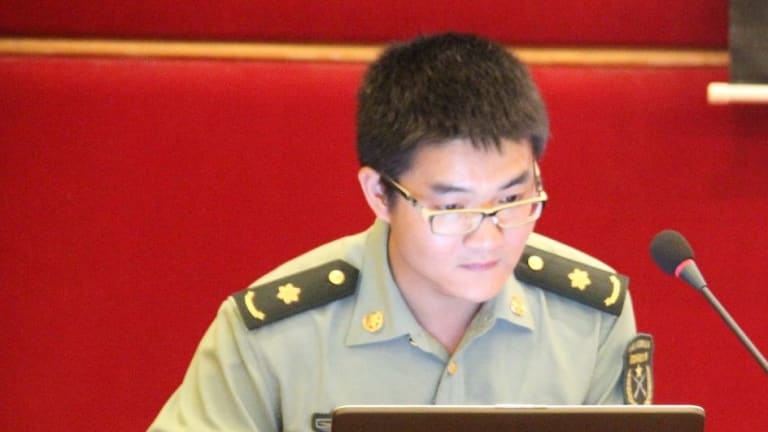
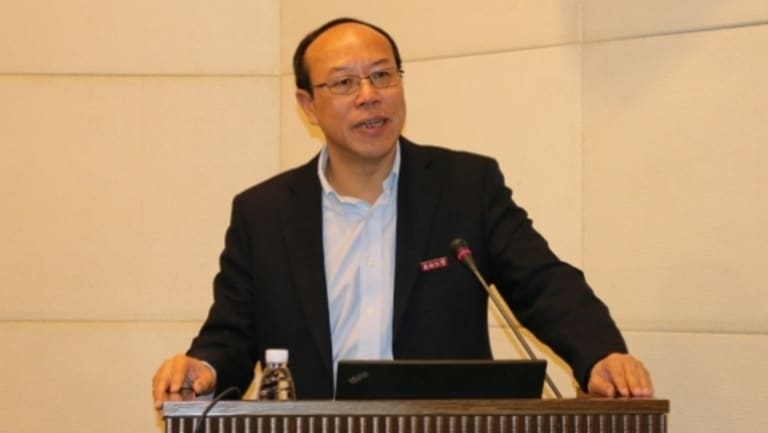
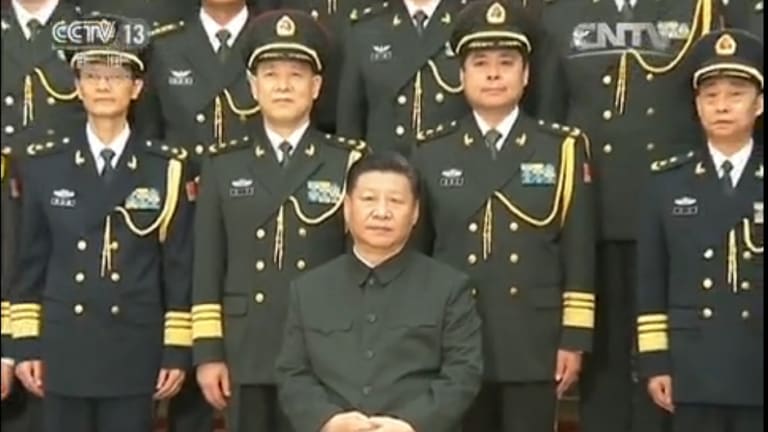
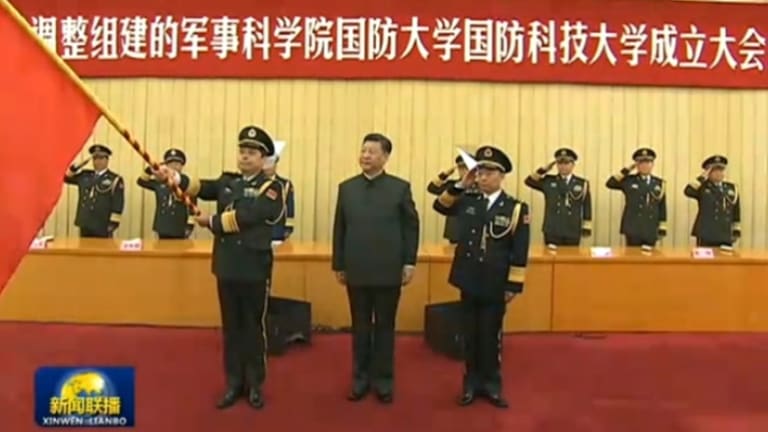
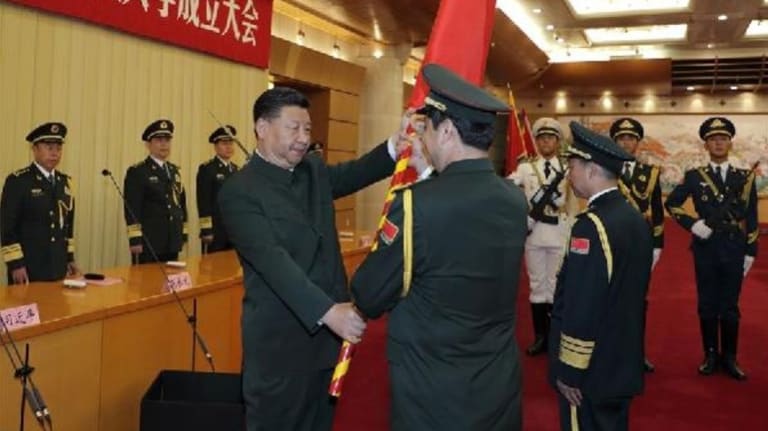
No comments:
Post a Comment
Comments always welcome!